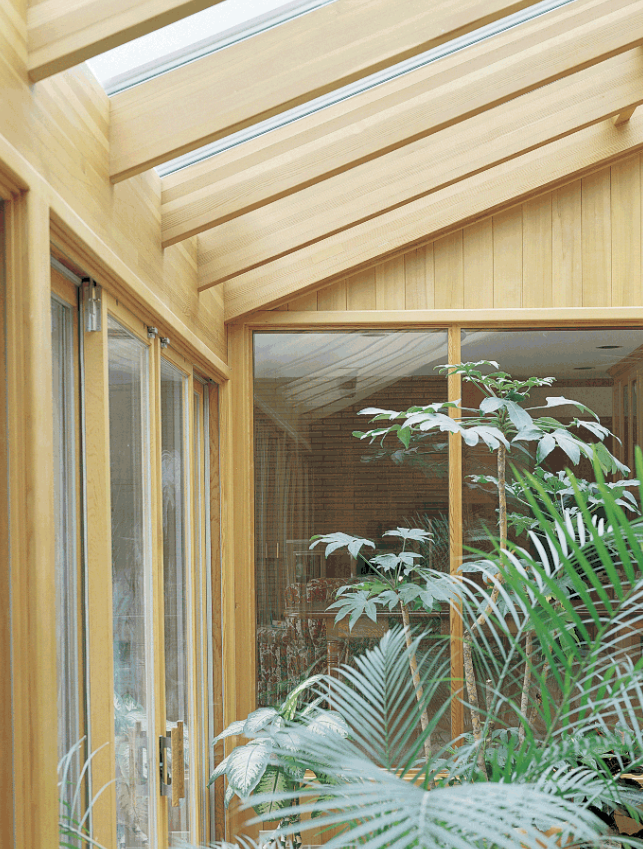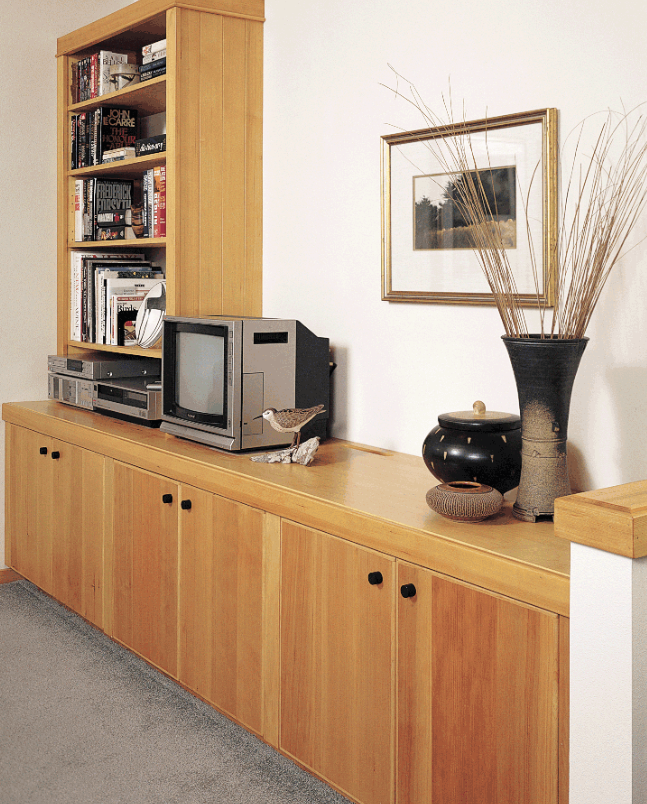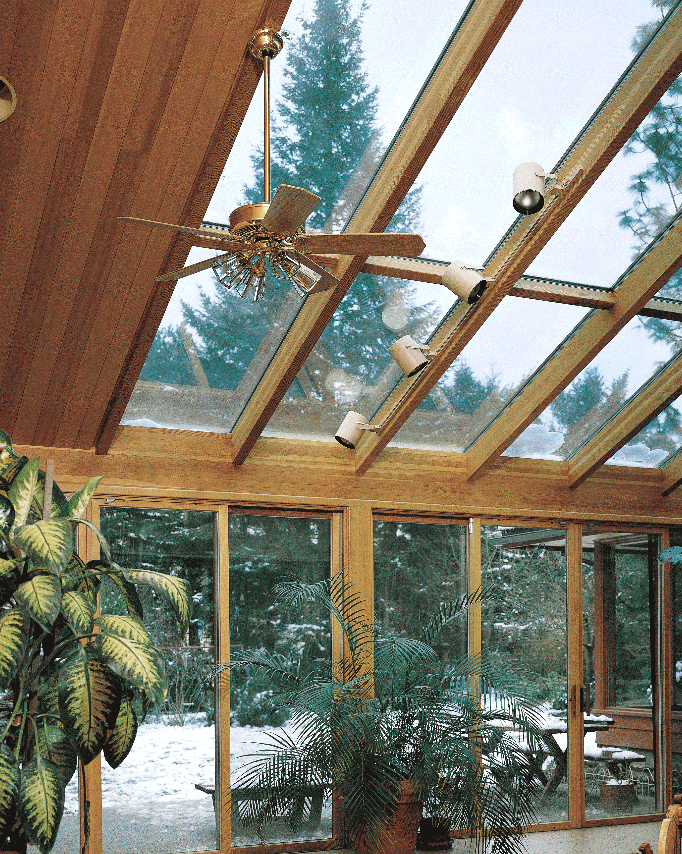Machining
★★☆☆☆
Splitting resistance
★★★★☆
Screw/nail-holding
★★★☆☆
Gluing
★★★★☆
A species combination of the five true firs: California Red fir (Abies magnifica), Grand fir (Abies grandis), White fir (Abies concolor), Noble fir (Abies procera) and Pacific Silver fir (Abies amabilis) with Western hemlock (Tsuga heterophylla). Fine-grained and with interchangeable structural performance, these trees are marketed together as an elegant softwood, classified as a white wood, combining beauty and strength. A very light colour, from creamy white spring wood to a light straw-brown (hemlock) or reddish-brown (firs).
Main Uses
Joinery that requires precision machining, a pale color and excellent gluing, such as mouldings, exposed ceilings, doors, louvres, windows, furniture, flooring and laminated structural and non-structural products. Structural products, such as framing and engineered systems.
Distribution & Availability
Second only to Douglas fir in abundance, Hem-fir accounts for 22 per cent of solid sawn production from the Western Woods region. The species grow in stands along the Pacific Coast from Northern California to Alaska and inland along the US/Canadian border as far as Montana. Readily available.
Physical & Mechanical Properties
Straight grain and fine texture. Sands to a silky smoothness with virtually no tendency to split. Weight ranges from 537 to 626 kg per cubic metre. Knotty appearance grades for joinery; lower knotty grades for general construction. Good strength and stiffness. Good insulating properties. Holds its original colour well.
Durability
Slightly durable. Moderately easy to treat.













